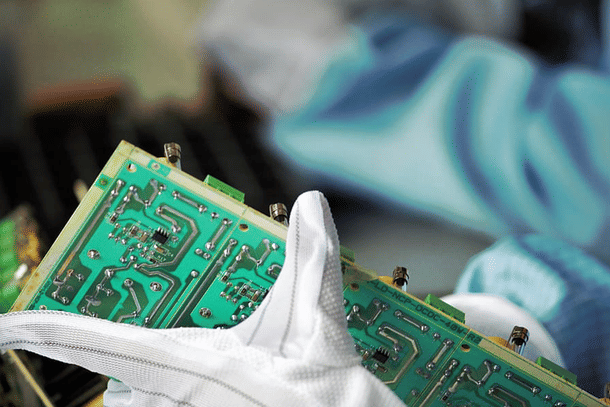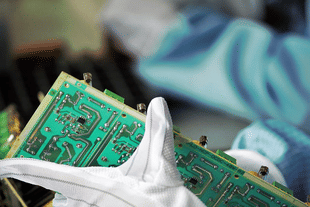News Brief
Rs 23,000 Crore Incentives Planned To Cut Electronic Imports, Expand Value-Addition In Smartphone Manufacturing
Vansh Gupta
Mar 17, 2025, 03:34 PM | Updated 03:34 PM IST
Save & read from anywhere!
Bookmark stories for easy access on any device or the Swarajya app.


In a decisive step toward enhancing domestic manufacturing and reducing reliance on imports, the Indian government has finalised a Rs 22,919-crore incentive scheme aimed at augmenting the production of electronic components over the next six years, reported The Indian Express.
This initiative forms part of a broader strategy to make inroads in the global electronics supply chains and upscale the value of the Indian smartphone industry.
The scheme has been designed to address a crucial gap in India’s electronics manufacturing ecosystem.
While the Production-Linked Incentive (PLI) scheme for smartphones has successfully drawn industry giants like Apple and Samsung, most production activities have remained limited to final assembly.
Domestic value addition continues to hover around 15-20 per cent, and the government is now aiming to raise this to at least 30-40 per cent by promoting the manufacturing of critical components.
This shift is expected to move India beyond mere assembly operations, helping develop a more self-sufficient electronics sector.
The new incentive framework will support the production of a wide range of electronic components, including display modules, sub-assembly camera modules, lithium cell enclosures, printed circuit board assemblies (PCBAs), resistors, capacitors, and ferrites.
These components are vital for a host of industries, particularly in consumer electronics, electric vehicles, and telecommunications.
Further, in an effort to encourage foreign investment and technology transfer, the policy allows international companies to participate under specific conditions.
Foreign firms can either transfer technology to an Indian company or partner through joint ventures with domestic enterprises. Both greenfield (new) and brownfield (existing) investments will be eligible for benefits, ensuring that both new entrants and established players find value in the initiative.
A key motivation behind this policy is the enormous demand-supply gap in India’s electronic components market.
A recent internal assessment by the Ministry of IT revealed that India faces a domestic supply shortfall of nearly $100 billion, a figure that rises to $140 billion if export ambitions are factored in.
Vansh Gupta is an Editorial Associate at Swarajya.





